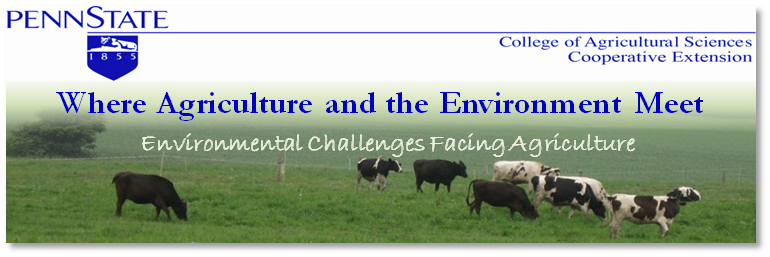Milk urea nitrogen (MUN) is an affective and easy tool for farmers to track how well their cows are utilizing nitrogen from the feed, but it can also be a tool to evaluate air quality on farms.
Milk urea nitrogen on well managed farms ranges from 8 mg/dl up to 12 mg/dl. Values higher than 12 indicates that there is nitrogen being wasted and the ration formulation needs to be evaluated. There are two things that should be looked at in the ration when MUNs are running high. The first is the amount of protein in the ration. If the cow is fed more protein than she needs that protein will first be converted to ammonia in the rumen. Ammonia is then absorbed into the blood stream where it is converted to urea due to the toxicity of ammonia to the cow. Much of this urea is then excreted as a waste product in the urine, but some will also go into the milk. Therefore, MUN is a good indicator of how much urea is excreted in the urine. The other thing to look at in the ration is the amount of available energy. If there isn't enough energy for the level of protein the protein will be broken down without subsequent microbial protein production and ammonia will be formed.


No comments:
Post a Comment